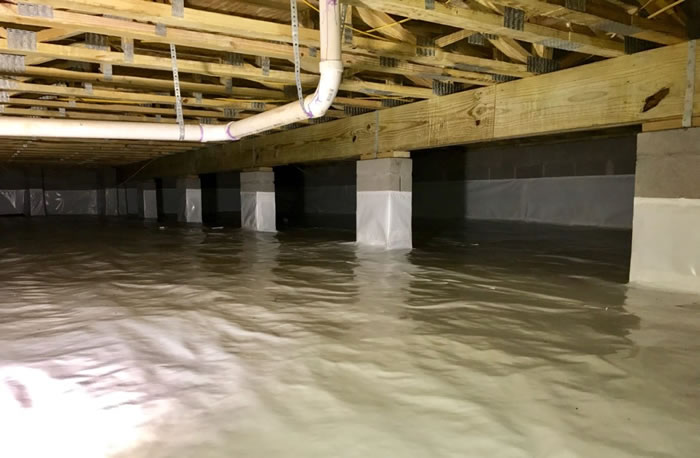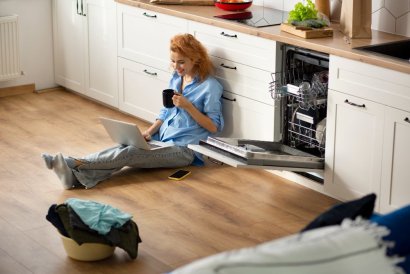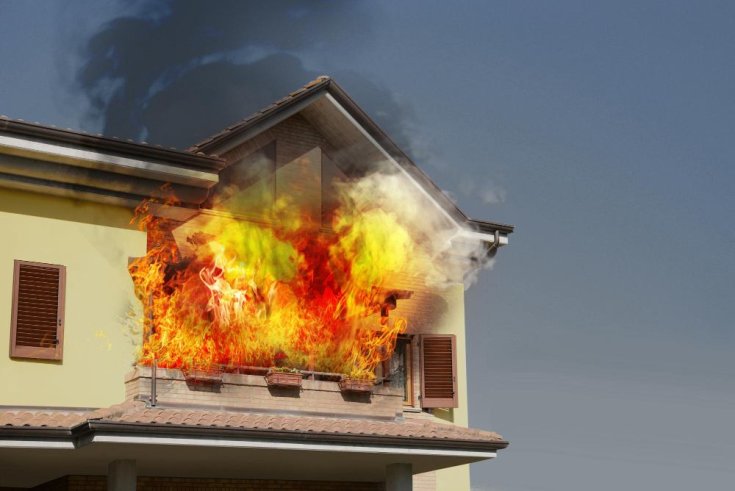404-900-3852
15-45 Minutes Response Time
404-900-3852
15-45 Minutes Response Time
When the floor above your crawlspace is sloped, has cracks, or squeaking, moisture could enter your crawlspace. The next sign of a failing crawlspace comes from pools of water. Drainage problems and improper grading or landscaping can also cause this. Your walls inside should not have any standing water. If they do, you most likely have a problem with water entering because of a crack in the foundation wall. Any sign of water should result in a call to Tidal Wave Restoration for water damage removal and restoration.


How To Prevent Water Damage from Leaking Appliances Water damage from leaking appliances can wreak…
 December 11,2023
December 11,2023

Precautionary Measures to Prevent a Fire on Your Home Home and business fires are awfully…
 December 06,2023
December 06,2023
The crawl space is great for moisture to collect and seep into your home. If you notice cracks in your foundation, water has likely been seeping into the structure. The first step to repairing these cracks is determining where they are coming from.
When water seeps into your crawl space, it will often go unnoticed for months or years before you encounter any problems. This is because the soil can absorb a lot of moisture without any noticeable signs of water damage. However, once the water starts to build up in the soil and behind your walls, you will likely start seeing some problems.
If you see evidence of pests — even just one bug — in the crawl space, that could mean there's an infestation going on. Pests like spiders, rats, and mice can cause serious damage to your home by chewing on wiring or insulation and leaving droppings behind. They also carry germs that can make you sick.
Mold grows in damp environments with poor ventilation and little light from the sun. Your crawl space provides both conditions — and plenty of nooks where mold spores can settle down and grow into colonies that spread throughout your home.
The floors in your home are meant to be flat and level, with no dips or bumps. If this is not the case, then there is likely an issue with the joists beneath them. When water works through these joists, it can cause them to rot and break down, causing uneven floors throughout your home.
Moisture condensation can signify mold growth in your crawl space if you notice it on windows or walls. Mold needs moisture to thrive, so if this is happening in other parts of your house as well, then chances are good that mold has taken root in your crawl space.
The most obvious sign of trouble is water leaking into your crawl space. It could be from the ground or somewhere above the crawl space. Regardless of where it’s coming from, if your crawl space is filling with water, it needs immediate attention. Water can cause mold growth and mildew in your insulation, which will lead to health problems for anyone living in the home and potential structural damage over time.
A crawl space is one of the places you want to be well-protected from natural threats because it is an isolated space that can hold moisture against your foundation, causing mold and other problems. A reliable company like Tidal Wave Restoration offers water damage restoration services if you have any reason to believe that a crawl space has water leaks or issues.